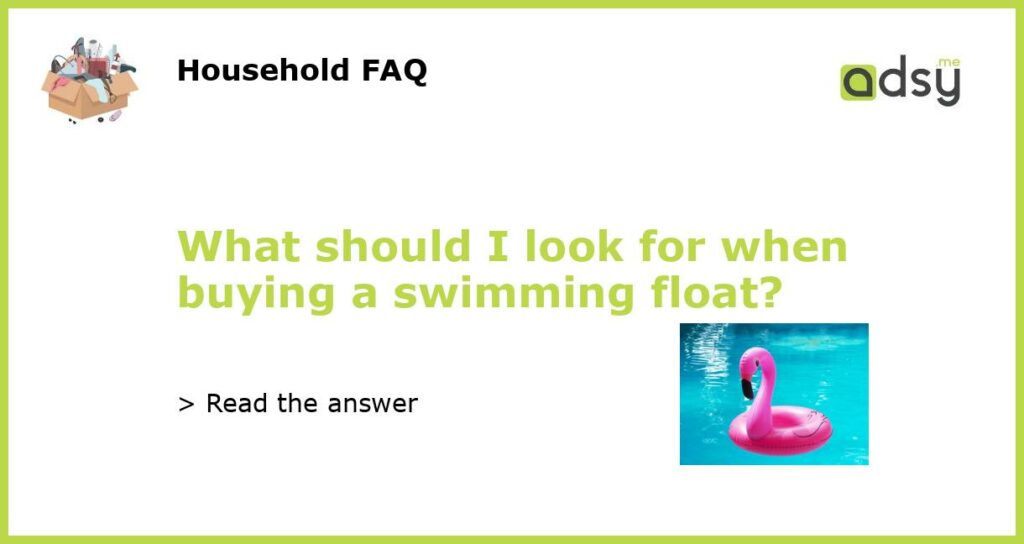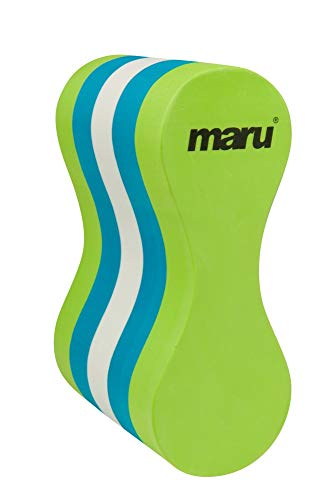Consider float type:
There are different types of swimming floats, each with a specific function. Kickboards are ideal for improving legs and core strength. Pull buoys are great for upper body work, allowing swimmers to focus on their arms and shoulders. Float belts provide both support and resistance, making them a good choice for all-around conditioning. Noodle floats, on the other hand, can be used in various ways to foster balance and coordination.
Look for proper fit:
A good swimming float should fit snugly but not too tightly around the body. It should also not interfere with arm or leg movements, allowing for a full range of motion. Make sure to check sizing charts carefully and measure yourself before buying, especially if purchasing online.
Check material and durability:
The durability of a swimming float is determined largely by its material. Look for floats made from high-quality, durable materials such as neoprene, rubber or foam. Make sure the float is well-constructed with no signs of wear or tear, and that it can withstand repeated use and exposure to water.
Take into account swimming level:
Beginner swimmers may want to opt for larger and more buoyant floats, which can provide extra support and help build confidence in the water. More advanced swimmers may prefer smaller and less buoyant floats that provide more of a challenge, allowing them to work on technique and form.
Consider portability and storage:
Lastly, think about how easily the float can be transported and stored. Some floats can be easily deflated and packed into a bag, making them great for travel or taking to the pool. Others may need to be stored flat, so make sure you have adequate space in your home or gym.






